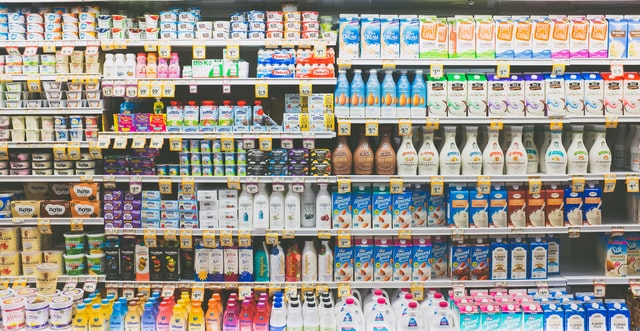Food and beverage prices in September increased by one percent compared to August and sit 13.3 percent higher year over year, according to a report released on Wednesday by IRI. The report aimed to provide insights regarding food inflation and its impact on consumer shopping behavior.
Point-of-sale data for September 2022 and data from across U.S. food channels, including grocery, drug, mass market, military commissaries, select club, and dollar stores as well as ecommerce were used to create the report.
Despite the increase in food prices, overall inflation slowed between August to September, moderating after months of steady increases. According to the report, the moderating effect is being driven by price deflation in store perimeter categories (such as produce and deli), whereas prices in center-store categories, including snacks and frozen meals, continue to rise.
"September data revealed some welcome news for consumers: Price inflation is slowing down for the first time this year in the perimeter categories that account for nearly $200 billion in annual retail sales," said Krishnakumar Davey, president of thought leadership for CPG and Retail, at the recently merged IRI and NPD, in a statement. "However, overall grocery bills are still significantly higher than this time last year, causing shoppers to shift their purchase habits. IRI is continuing to track food and beverage price inflation carefully to ensure that manufacturers and retailers are able to respond to shifts in consumer behavior and execute price, promotion, and supply chain strategies that help them drive growth in this dynamic economic environment."
Across the store, inflation varies significantly. For the five weeks ending October 2, prices in the alcohol segment were up 4.2 percent compared to the year-ago period, while dairy and frozen foods were up much more, 19,6 percent and 18.4 percent, respectively.
Consumers are coping with the increased prices by reducing food consumption: sales volumes for lunchmeat, fresh fish, and frozen and shelf-stable dinners all decreased by 10 percent in September. They are also shifting to larger pack sizes to get a better value per unit.
Related: Mixed Results for Online Grocery in Q3; Supermarket Deals Dwindle

